Physical And Chemical Properties
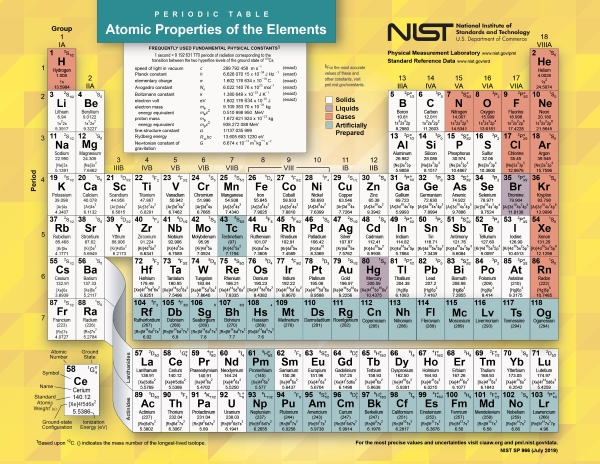
Figure 1. NIST Periodic Table [1]
List of Physical Properties
A physical property of a substance refers to a characteristic that can be observed or measured without altering its chemical composition or identity. It describes aspects such as colour, density, melting point, boiling point, solubility, conductivity, hardness and state of matter. These properties provide data on its behaviour, appearance and interactions with the environment under varying conditions.
|
Physical Properties |
Definition |
|
Appearance |
The appearance of a substance refers to its observable characteristics. It includes features such as colour, texture, shape and transparency, as well as other visible attributes that can be detected without specialised equipment. |
|
Density |
Density measures the mass contained in a given volume and indicates how closely particles are arranged. The bulk density, calculated for materials such as powders or aggregates, is determined by dividing the mass by the volume available in a loose arrangement. This metric is critical for handling, storage and transport. |
|
Melting Point |
The melting point is defined as the temperature at which a substance transitions from a solid to a liquid. Melting Point may be checked at Common Materials, Metals and Elements for further information. |
|
Boiling Point |
The boiling point is the temperature at which a substance changes from a liquid to a gas. See Boiling Point: Common Materials and Elements for additional details. |
|
Strength |
Strength refers to a material’s ability to withstand applied forces without fracturing or undergoing permanent deformation. It encompasses metrics such as yield strength, fracture strength and Young's modulus. |
|
Ductility |
Ductility describes a material’s capacity to experience significant deformation or elongation without fracturing. Materials with high ductility, including many metals, can be reshaped with minimal risk of failure. |
|
Electrical Conductivity |
Electrical conductivity quantifies how easily electric current passes through a material. The electrical resistance, which is inversely related to conductivity, measures a material’s opposition to current flow; high resistance is typically observed in insulators such as rubber or glass. |
|
Thermal Conductivity |
Thermal conductivity describes the rate at which a material transfers heat energy. High thermal conductivity indicates efficient heat transfer, as observed in metals. In contrast, materials with low thermal conductivity impede heat flow, thereby serving effectively in insulation or heat storage applications. |
List of Chemical Properties
Chemical properties describe how a substance interacts with other materials to form new compounds. These properties pertain to its behaviour during chemical reactions, such as its capacity to oxidise, react with acids or bases, or combust. They are linked to the substance’s molecular structure and determine its reactivity and compatibility with other materials.
|
Chemical Properties |
Definition |
|
Heat of Combustion |
This property pertains to the amount of heat released or absorbed during the complete combustion of a substance with oxygen. It measures the energy content and varies with the specific chemical composition. |
|
Chemical Stability |
Chemical stability indicates a substance’s resistance to reacting or decomposing under defined conditions. A stable substance is less likely to undergo spontaneous reactions or degradation, whereas a less stable substance may experience such changes readily. |
|
Preferred Oxidation State(s) |
This refers to the most common or stable oxidation state(s) exhibited by an element in its compounds. Although elements may exist in several oxidation states, some tend to maintain certain states based on their electronic configurations. |
|
Corrosion Tendency |
Corrosion tendency describes the propensity of a substance to degrade or corrode as a result of chemical reactions with its surroundings. This process often leads to the deterioration of materials, particularly metals, due to reactions with agents such as oxygen or moisture, thereby causing structural damage over time. |
Reference:
[1] Hanacek, N. (25/07/2019). Periodic Table -- Front (July 2019). The National Institute of Standards and Technology (NIST). Retrieved on 25/12/2023, from https://www.nist.gov/image/nistperiodictablejuly2019finalfrontjpg.

 Bars
Bars
 Beads & Spheres
Beads & Spheres
 Bolts & Nuts
Bolts & Nuts
 Crucibles
Crucibles
 Discs
Discs
 Fibers & Fabrics
Fibers & Fabrics
 Films
Films
 Flake
Flake
 Foams
Foams
 Foil
Foil
 Granules
Granules
 Honeycombs
Honeycombs
 Ink
Ink
 Laminate
Laminate
 Lumps
Lumps
 Meshes
Meshes
 Metallised Film
Metallised Film
 Plate
Plate
 Powders
Powders
 Rod
Rod
 Sheets
Sheets
 Single Crystals
Single Crystals
 Sputtering Target
Sputtering Target
 Tubes
Tubes
 Washer
Washer
 Wires
Wires
 Converters & Calculators
Converters & Calculators
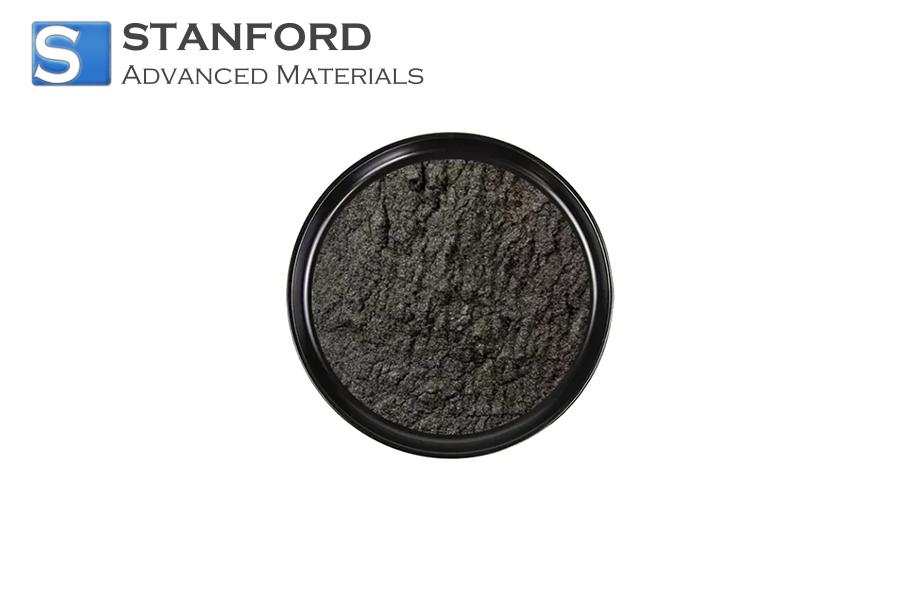
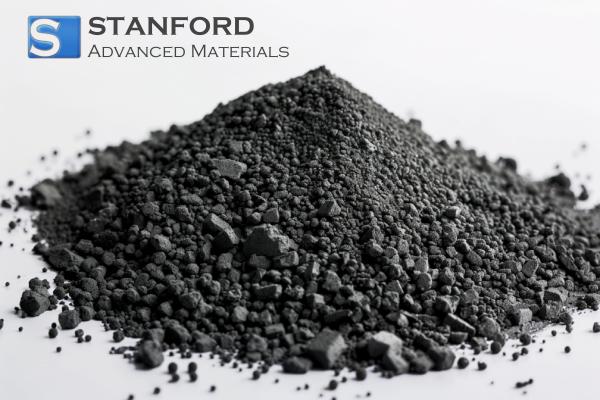
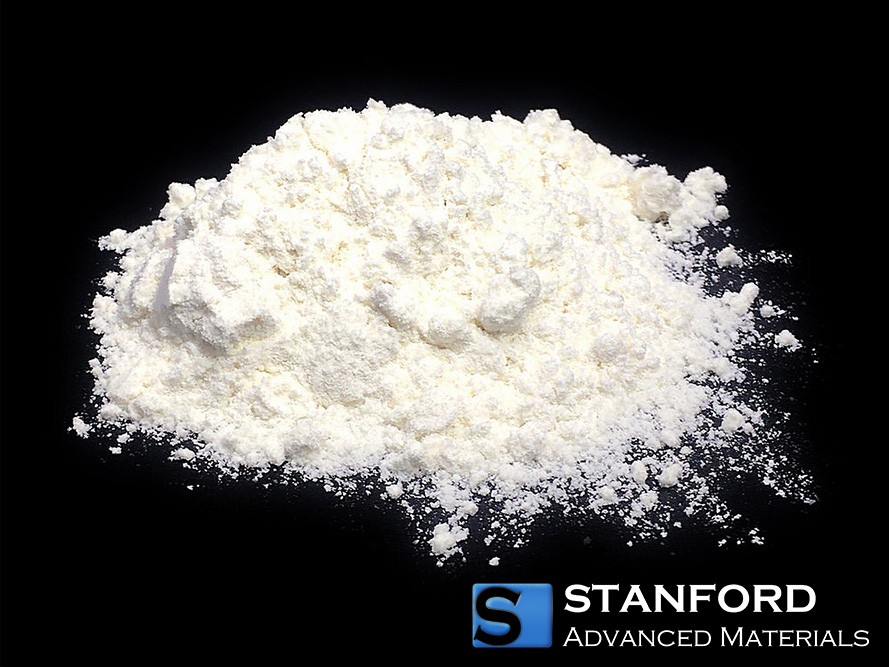
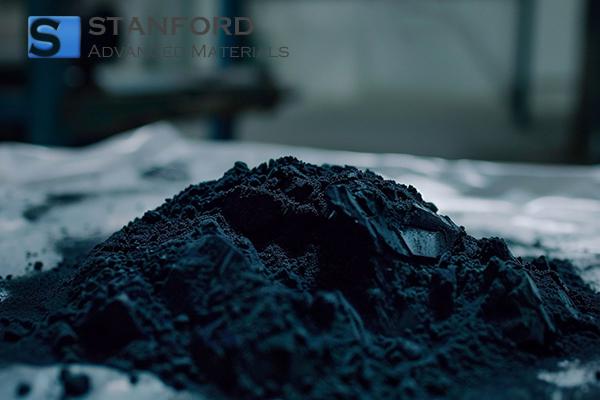
 Chin Trento
Chin Trento



